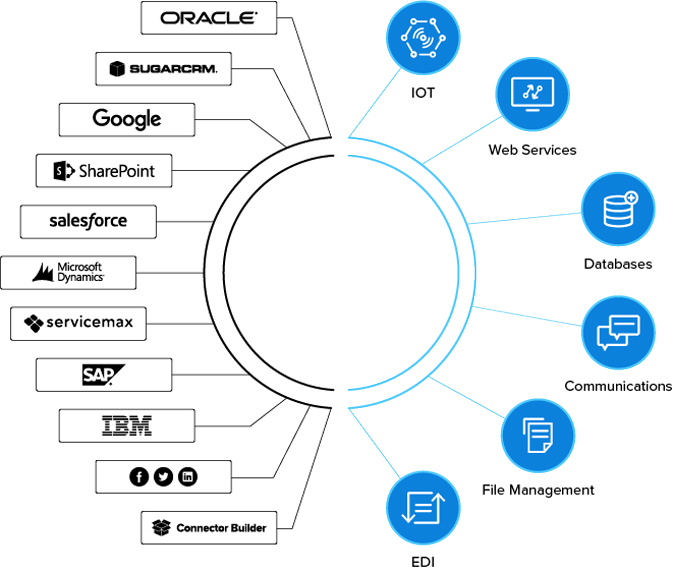Blockchain Development is a structure where transaction logs, also known as public, are stored as blocks in various databases called "chains" within a network connected through point-to-point nodes. This storage is commonly known as the "digital ledger". This authenticates the transaction and protects it from manipulation.
Simply put, a digital ledger is like a Google spreadsheet shared among many computers on your network, where transaction logs are stored based on actual purchases. An attractive angle is that anyone can see the data, but you cannot destroy it. Business Process Automation is also a part of this.
How does blockchain technology work?
But how does blockchain technology work? Blockchain advances are still young and could be innovative in the future. Let's start by solving the mystery of this technology.
Blockchain is a combination of three main technologies.

Encryption key
Peer-to-peer network with a shared ledger
Computational means to store network transactions and records. The encryption key consists of two keys, the private key and the public key. These keys help ensure successful transactions between the two parties. Each individual has these two keys, which they use to generate a secure digital identity reference. This secure identification is the most important aspect of blockchain technology. In the world of cryptocurrencies, this identification is called a "digital signature" and is used to authorize and control transactions. Flutter App Development is also a part of blockchain technology.
Digital signatures merge with peer-to-peer networks. Many people acting as authorities use digital signatures to reach agreement on transactions, among other things. If they approve the transaction, it is verified by mathematical verification, resulting in a secure transaction between the two parties connected to the network. That is, blockchain users use cryptographic keys to carry out various types of digital interactions through point-to-point networks.
Transaction process
One of the key features of blockchain technology is the way transactions are reviewed and approved. For example, if two people want to transact with their public and private keys, respectively, the first party attaches the transaction information to the second party's public key. This total information is combined into one block.
The blocks contain digital signatures, timestamps and other important, relevant information. Note that the block does not contain the identification of the person involved in the transaction. This block is sent to all nodes on the network, and if the appropriate individual uses their private key to match the block, the transaction completes successfully. In addition to conducting financial transactions, blockchains can also contain transaction details for properties, vehicles, etc.
Here is a use case that shows how the blockchain works.
Hash encryption
Blockchain technology uses hash encryption to protect data and is mainly based on an algorithm to protect information. The sender's address (public key), the recipient's address, the transaction, and their secret key details are sent through the algorithm. The encrypted information, called hash encryption, is sent worldwide and added to the blockchain after verification.
Hope this will help you to gain your understanding about the cloud computing.
